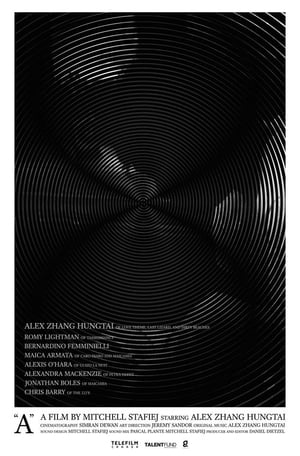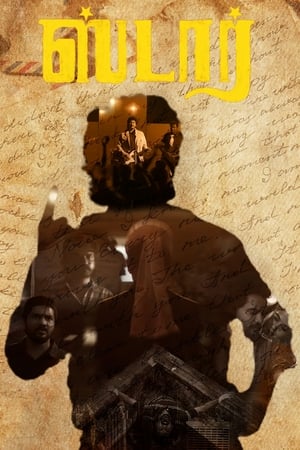Ozu & Noda
Top 1 Billed Cast
Self

Ozu & Noda
HomePage
Overview
A new documentary by Daniel Raim on Yasujiro Ozu's relationship with longtime screenwriter Kogo Noda.
Release Date
2019-08-27
Average
6
Rating:
3.0 startsTagline
Genres
Languages:
English
Recommendations Movies
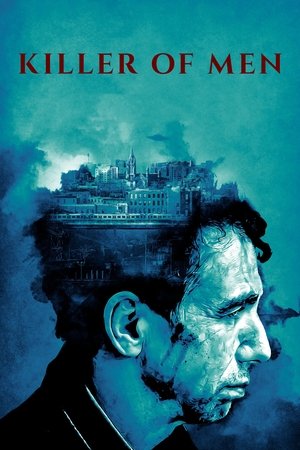 7.3
7.3Killer of Men(en)
A man lurks the night alleys, killing people at random, he feels nothing, no emotion, and no pain; when he meets a graceful widow he must confront what it means to be human.
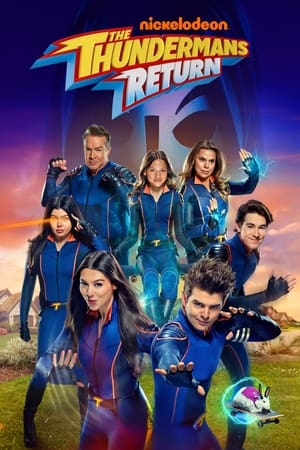 6.9
6.9The Thundermans Return(en)
Twins Phoebe and Max are enjoying their superhero lifestyle, but when one 'save' goes awry, the Thundermans are sent back to Hiddenville. While Hank and Barb enjoy their return, and Billy and Nora look forward to a normal high school life, Max and Phoebe are determined to regain their superhero status.
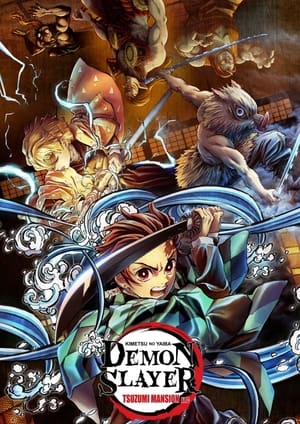 7.4
7.4Demon Slayer: Kimetsu no Yaiba - Tsuzumi Mansion Arc(ja)
A recap of Kimetsu no Yaiba episodes 11–14, with new footage and special end credits. Tanjiro ventures to the south-southeast where he encounters a cowardly young man named Zenitsu Agatsuma. He is a fellow survivor from Final Selection and his sparrow asks Tanjiro to help keep him in line.
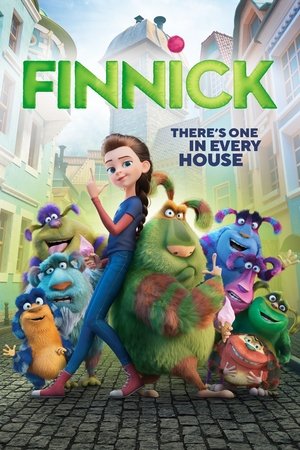 7.4
7.4Finnick(ru)
Not many people know that every house is secretly inhabited by little monsters! These furry creatures take care of a family’s house but cannot be seen. Finnick is a little monster, who doesn’t seem to care about his responsibility of making a home out of the house. But everything changes after a new family comes to his house. When Finn meets 13-year-old Christine, inexplicable events begin to happen in the city and life will never be the same again!
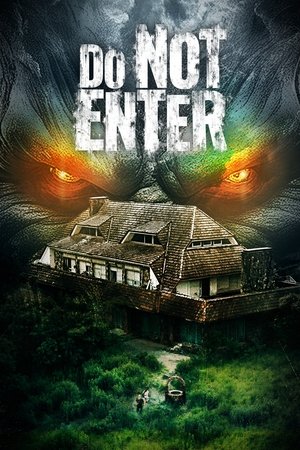 6.9
6.9Do Not Enter(es)
Two working class youtubers ‘in the making’ enter an abandoned mansion to get their basketball back, and get lost inside while pranking each other. They record their ‘quick adventure’ with their phones for their audience, and tweak it with a fake phantom appearance to attract more followers to their YouTube channel. When uploaded the video goes viral, so they start a challenge: if the video reaches a certain number of views, they will enter the house again, at night, alone, totally unprotected. As fans react positively, they will do as promised, not only to discover and unveil the true nature of the place and their inhabitants, but to realize they might not be among the living anymore. Which opens a question - how far would you go to be famous?
 7.8
7.8Demon Slayer: Kimetsu no Yaiba Mt. Natagumo Arc(ja)
A recap of Kimetsu no Yaiba episodes 15–21, with new footage and special end credits. Tanjiro, now a registered Demon Slayer, teams up with fellow slayers Zenitsu and Inosuke to investigate missing person cases on the mountain Natagumo. After the group is split up during a fight with possessed swordfighters, they slowly begin to realize the entire mountain is being controlled by a family of Demon spider creatures.
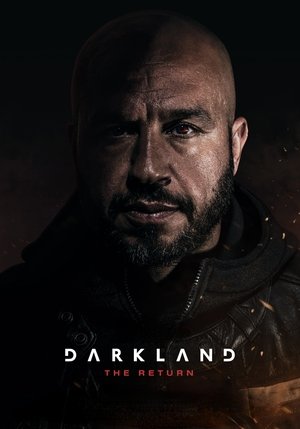 6.4
6.4Darkland: The Return(da)
Seven years ago, Zaid went to war against the Copenhagen underworld to avenge his dead brother. His identity as a respected doctor of cardiology and life as a family man is but a fading dream, and in prison Zaid suffers the loss of his son Noah, whom he barely knows. When a police agent approaches Zaid and offers him a deal to be released in exchange for infiltrating the Copenhagen underworld, he sees his chance to reclaim the remnants of the family life he left behind. But everything has a price, and Zaid realizes that he has now seriously endangered his son's life. After all, once you become part of the underworld, is there any way out?
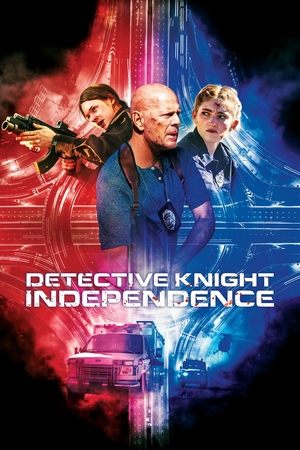 5.4
5.4Detective Knight: Independence(en)
Detective James Knight 's last-minute assignment to the Independence Day shift turns into a race to stop an unbalanced ambulance EMT from imperiling the city's festivities. The misguided vigilante, playing cop with a stolen gun and uniform, has a bank vault full of reasons to put on his own fireworks show... one that will strike dangerously close to Knight's home.
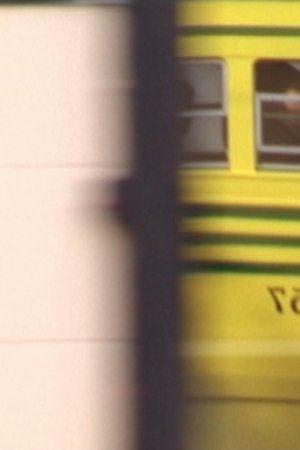 5.7
5.7way(en)
San Francisco filmmaker Konrad Steiner took 12 years to complete a montage cycle set to the late Leslie Scalapino’s most celebrated poem, way—a sprawling book-length odyssey of shardlike urban impressions, fraught with obliquely felt social and sexual tensions. Six stylistically distinctive films for each section of way, using sources ranging from Kodachrome footage of sun-kissed S.F. street scenes to internet clips of the Iraq war to a fragmented Fred Astaire dance number.
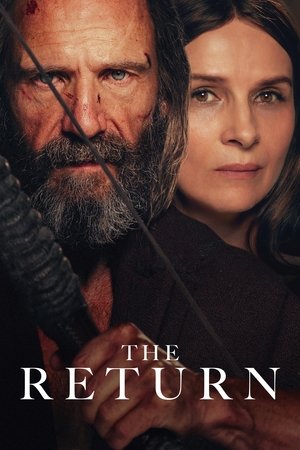 6.5
6.5The Return(en)
After twenty years away, Odysseus washes up on the shores of Ithaca, haggard and unrecognizable. The king has finally returned home, but much has changed in his kingdom since he left to fight in the Trojan war.
 7.6
7.6South Park: Joining the Panderverse(en)
Cartman's deeply disturbing dreams portend the end of the life he knows and loves. Meanwhile, the adults in South Park are wrestling with their own life decisions, as the advent of AI is turning their world upside down.
 7.4
7.4My Name Is Loh Kiwan(ko)
After defecting from North Korea, Loh Kiwan struggles to obtain refugee status in Belgium, where he encounters a dejected woman who has lost all hope.
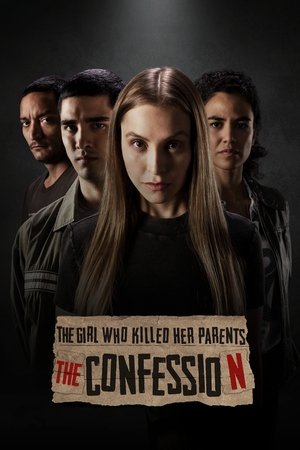 6.7
6.7The Girl Who Killed Her Parents: The Confession(pt)
See what Suzane von Richthofen, Daniel Cravinhos and Cristian Cravinhos did in the days following the brutal crime that led to the Richthofen couple's death. This film reveals crucial moments of the police investigation, testimonies and the confession of the crime.
 5.9
5.9Sympathy for the Devil(en)
After being forced to drive a mysterious passenger at gunpoint, a man finds himself in a high-stakes game of cat and mouse where it becomes clear that not everything is as it seems.
 6.0
6.0Raiders of the Lost Library(ru)
While digging one of the many tunnels for the Moscow metro, Soviet workers unearth ruins of a dungeon. The site is closed, the metro tunnel is diverted, and amidst the bustle no one notices the tunnel workers’ foreman pocketing a little ‘souvenir’ – a book-sized frame made of precious metals featuring an inscription in an unknown language. Decades later, the foreman’s grandson Ilya, who works as a courier, discovers the ancient relic in a pile of old junk. Oblivious to the true value of the family heirloom, he soon learns about it from a mysterious stranger. The relic is the key to the secret location of the priceless ancient library that belonged to Ivan the Terrible. What Ilya doesn’t know is that the search for the lost library has been going on for centuries, and now very powerful people are after him. Ilya and the mysterious stranger decide to try their luck in finding the library.
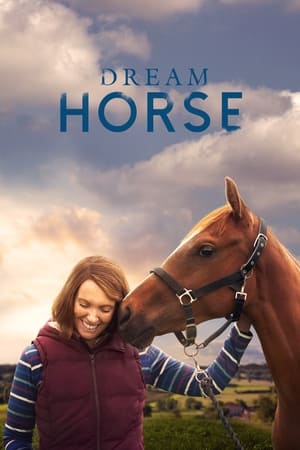 7.0
7.0Dream Horse(en)
The inspiring true story of Dream Alliance, an unlikely race horse bred by small town bartender, Jan Vokes. With very little money and no experience, Jan convinces her neighbors to chip in their meager earnings to help raise Dream and compete with the racing elites. Their investment pays off as Dream rises through the ranks and becomes a beacon of hope in their struggling community.
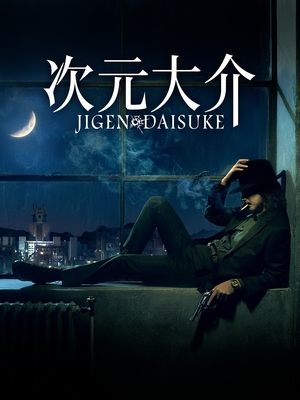 6.8
6.8Jigen Daisuke(ja)
Feeling unhappy with his gun, Jigen is looking for the world’s best gunsmith. He finally finds out that Chiharu, who runs a watch shop, is the person he’s been seeking. Then, Jigen meets Oto, who comes to Chiharu’s shop looking for a gun. Jigen finds out about Oto's secrets and the mysterious organization that’s after her. After Oto is kidnapped, Jigen gets into a desperate battle to save her.

